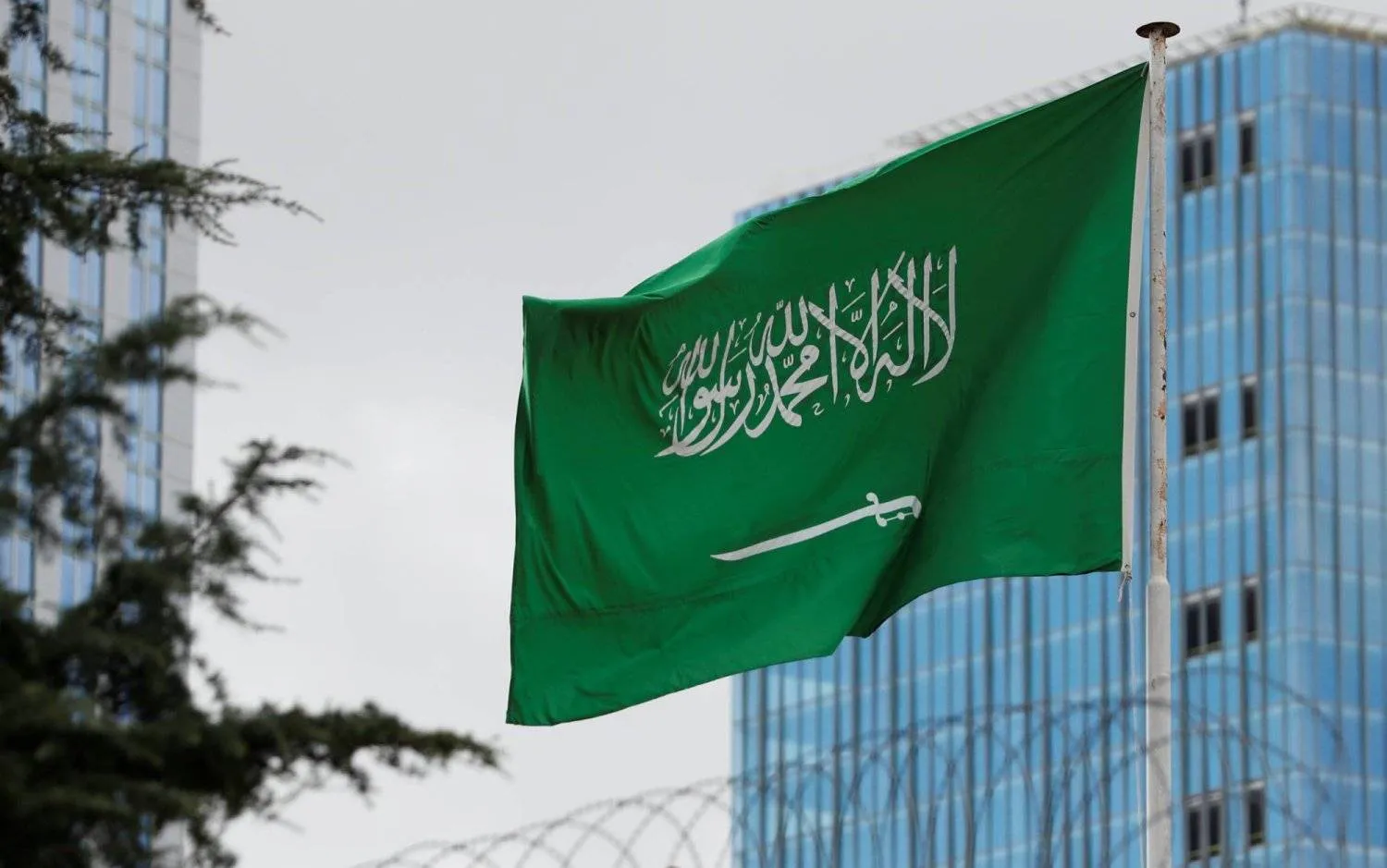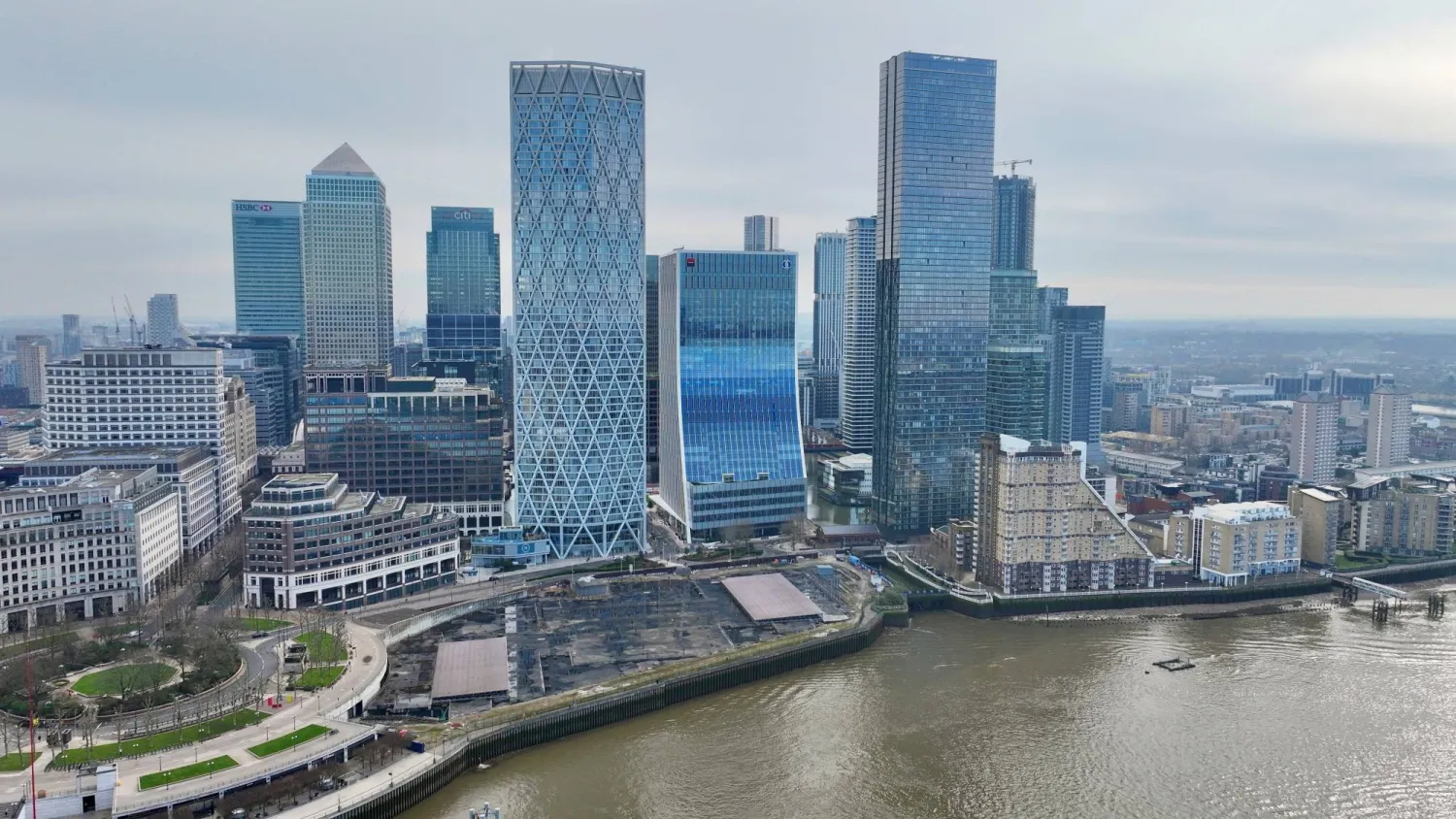Saudi Arabia is about to launch four giant projects to produce solar photovoltaic systems within a national renewable energy program.
The Kingdom’s Energy Ministry issued a request for qualifications from companies looking to take part in the third round of its national renewable energy program, according to a statement released by Saudi Press Agency.
The third round includes four solar photovoltaic projects with a combined generation capacity of 1,200 MW, according to the statement.
In March 2018, Crown Prince Mohammed bin Salman, Deputy Prime Minister and Minister of Defense, signed a MoU with Masayoshi Son, Chairman of the Softbank Vision Fund, to establish the largest solar energy project in the Kingdom, which will produce 200 GW at a cost of USD 200 billion.
Eng. Faisal Al-Yemni, Head of the Renewable Energy Projects Development Office (REPDO) stated that the projects within Round Three will carry a minimum requirement of 17 percent local content as calculated by the mechanism defined by the Local Content and Government Procurement Authority, which aims to increase the value-added contribution of products and services in the national economy, according to the statement.
Saudi Arabia’s National Renewable Energy Program (NREP) is a long-term, multifaceted renewable energy program designed to balance the domestic power mix, in parallel with the implementation of the Kingdom’s Nationally Determined Contribution (NDC) to avoid carbon and other greenhouse gas emissions, directly supporting Vision 2030.
The National Renewable Energy Program aims to substantially increase the share of renewable energy in the power energy mix.
On July 18, 2019, REPDO launched Round Two of the NREP, which comprised six solar PV projects amounting to 1,470 MW. The deadline for receiving proposals for Round Two projects is Jan. 20, 2020, and Feb. 3, 2020, for categories B and A respectively.









